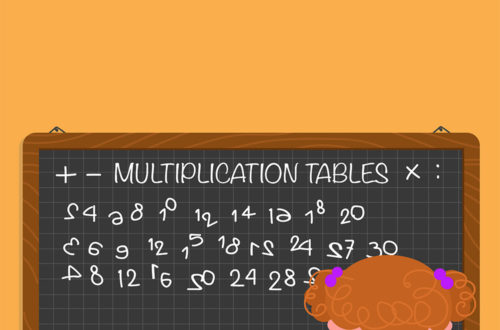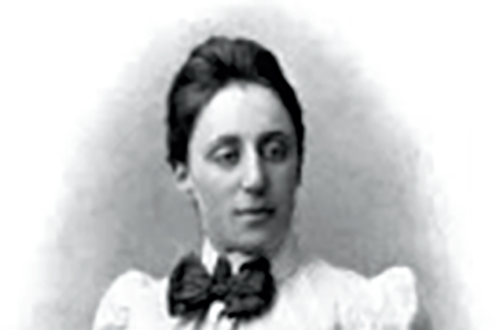Journal of the Mathematics Council of the Alberta Teachers’ Association
Volume 39 Issue 2, June 2002
Both the president’s message and the articles in the National Council of Teachers of Mathematics section of this issue deal with issues that are very important in the teaching and learning of mathematics-mathematical literacy and communication.
Both of these issues are closely linked to the ability to read. As I reflect on that connection between mathematical literacy/communication and reading mathematics, it is obvious that it is not only a challenge for mathematics teachers but that it is also poorly understood. What docs reading mathematics actually mean? Does it describe our ability to comprehend numerical data? Or is it being able to comprehend the words in a mathematics textbook?
Being competent in reading describes one’s ability to understand written texts of various kinds with respect to their content, purpose and formal structure and to be able to discern the larger picture. This would imply that being competent in reading is not only an important ability in achieving one’s personal goals but also an essential foundation for the development of one’s own knowledge and abilities-in short, an important prerequisite for our meaningful participation in life.
In this context, reading mathematics is a constructive process in which readers interact with the text, using their prior knowledge and experience to make connections, generate new ideas and hypothesis, and make sense of what they read. Reading mathematics is the ability to make sense of everything that is on a page, whether the page is a worksheet, a spreadsheet, an overhead transparency, a computer screen, a test, or a page in a mathematical journal–in other words, any resource that students might use to learn and apply mathematics.
From this, it follows that reading mathematics requires the same skills as reading in chemistry, biology or other content areas. These skills include
- decoding and comprehending what is read;
- analyzing and evaluating content in the context of one’s existing knowledge, experience and interpretive framework; and
- making inferences and generating conclusions based on the reader’s unique interpretation of the content.
If reading mathematics requires the same skills one uses to read other content-area material, why is reading a mathematics textbook so difficult for students? These are some possible reasons:
- Mathematics texts demand that readers use additional, content-specific reading skills. Students must be able to not only read from left to right as in other subject areas but also from right to left, top to bottom, bottom to top and even diagonally.
- Mathematics texts contain more concepts per word, per sentence and per paragraph than any other kind of text. In addition, these concepts are often abstract and their meanings are often very difficult to visualize.
- Mathematics texts are generally written in a very terse or compact style. Each sentence contains a lot of information, and there is little redundancy. Sentences and words often have precise meaning and connect logically to other sentences.
- Mathematics reading requires students to be proficient at decoding not only words but also numeric and non-numeric symbols. For example, a mathematical sentence like {x I x < 7, x E R} would read: The set whose members are all x, that satisfy the condition that x is less than seven, with all x belonging to the set of real numbers.
- Mathematics texts are often laid out in a way that appears incomprehensible to students.
- Mathematics texts are written above the grade level for which they are intended. This applies to the choice of vocabulary and the sentence structure.
Although reading mathematics requires the same skills as reading generally, it does present teachers with incredibly more challenges than reading in other subject areas. Ensuring that students understand, “speak” and are fluent in the unique and precise language of mathematics is a critical step in overcoming this challenge.
Klaus Puhlmann
1 – 3
4
Klaus Puhlmann
5 – 6
Sandra Unrau
7 – 8
Deanna Shostak
9 – 12
Natali Hritonenko
13 – 19
Pure Mathematics 30 Student Project: Sunrise and Sunset
Shari Monner
20 – 27
Applied Mathematics 30 Student Project: Medical Research: Huntington’s Disease
Mark Fredrick
28 – 29
NCTM Standards in Action The Process Standard: Communication
Klaus Puhlmann
30 – 35
Communicating in the Language of Mathematics
Larry Buschman
36 – 40
Understanding Student Responses to Open-Ended Tasks
Barbara M. Moskal
41 – 44
Using Communication to Develop Students’ Mathematical Literacy
David K. Pugalee
45 – 46
Art Jorgensen
47 – 49
Using Fractions and Series to Solve Problems in a Recursive Setting
David R. Duncan and Bonnie H. Litwiller
50 – 52
Babylonian Mathematics in Cuneiform II
Sandra M. Pulver
53 – 55
A Pitfall in Using Newton’s Method
David E. Dobbs
56 – 57
Logical Reasoning Through Classification
Lynn M. Gordon Calvert
58
Klaus Puhlmann
59 – 60
Leonardo Fibonacci (c. 1175-c. 1250)
Klaus Puhlmann
61



